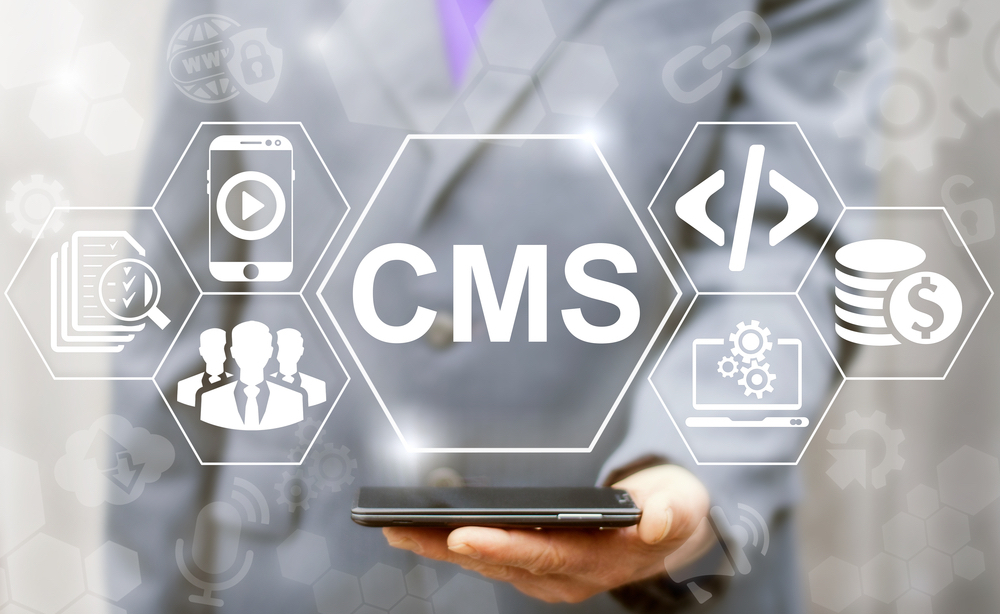Carrie Nixon on the latest in Remote Patient Monitoring in Digital Health Today
Update: Head to our resource page “Responding to COVID-19: Resources for Telehealth and Remote Patient Monitoring”
Also, read our post on the changes to Remote Patient Monitoring in the 2020 Proposed Medicare Physician Fee Schedule HERE.
Healthcare providers who incorporate Remote Patient Monitoring as part of their practice have been seeing the benefits of RPM — including better outcomes for patients and lower overall cost of care — for a while now. But technology innovations along with CMS’ recent move allowing separate reimbursement for RPM creates new opportunities for health care technology companies, patients, and providers alike.
The 2019 Medicare Physician Fee Schedule demonstrates that CMS is listening to feedback from stakeholders. Restricting monitoring and analysis of patient data to physicians and QHCPs was impractical, so practitioners pushed to allow clinical staff to do a preliminary review of data and escalate problems to physicians for evaluation. The newly released CPT Codes 99453, 99454, and 99457 reflect this push. Read more in Digital Health Today.
CMS also introduced two new HCPCS codes, G2012 and G2010, that allow reimburement for 1) virtual check-ins and 2) review of patient images sent electronically. This will allow practitioners to determine if an in-person visit is needed.
Read more in Digital Health Today.
Lastly, CPT Codes 99446 through 99451 provide reimbursement for virtual consultations between a treating provider and a consulting specialist to determine the best treatment protocol. CMS is now rewarding providers for innovating and collaborating to achieve better outcomes.
Read more in Digital Health Today, and contact us to learn more about implementing a successful Remote Patient Monitoring program.
Ready to innovate? Click here to discover how we can help you get there safely.



